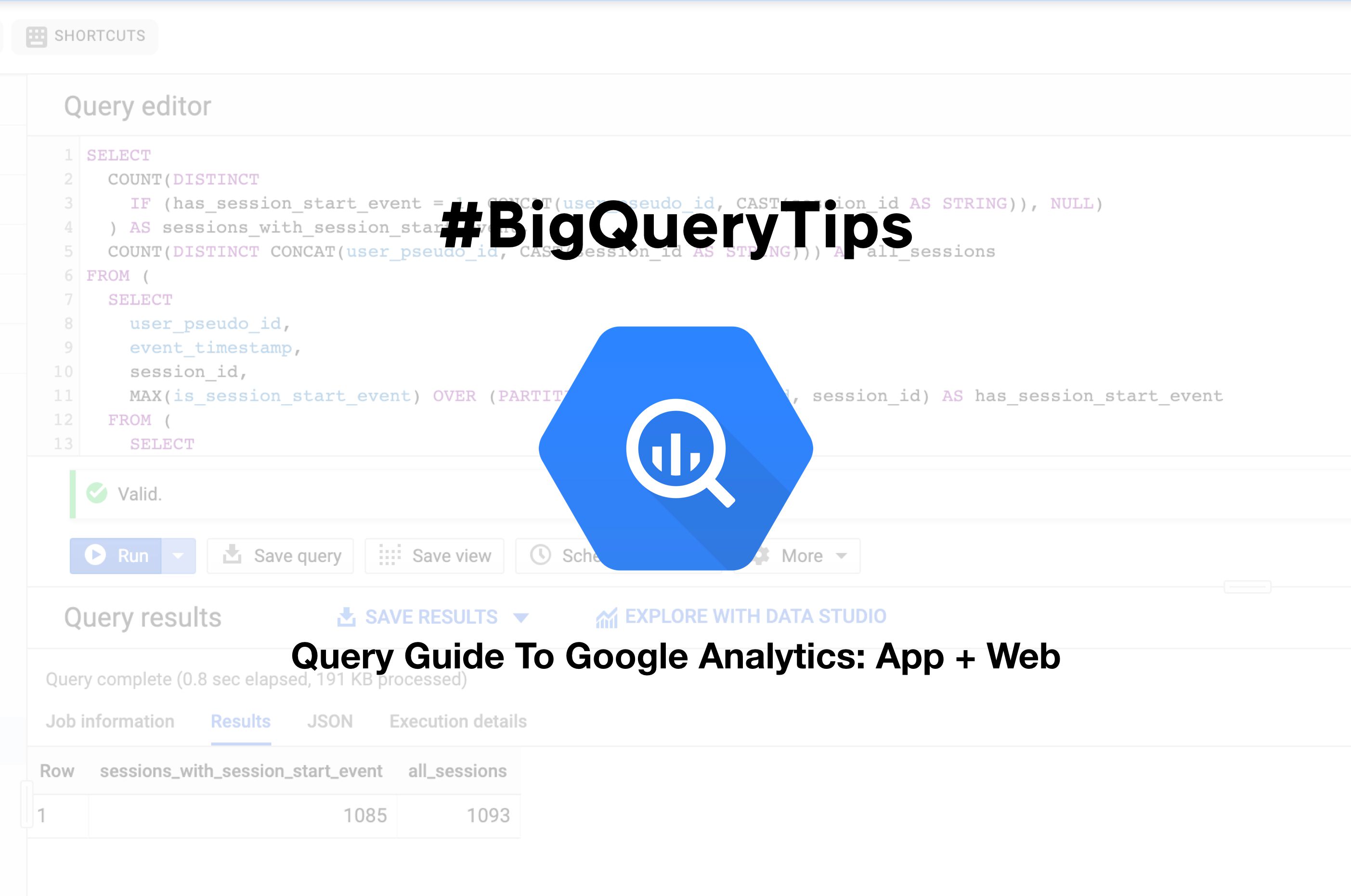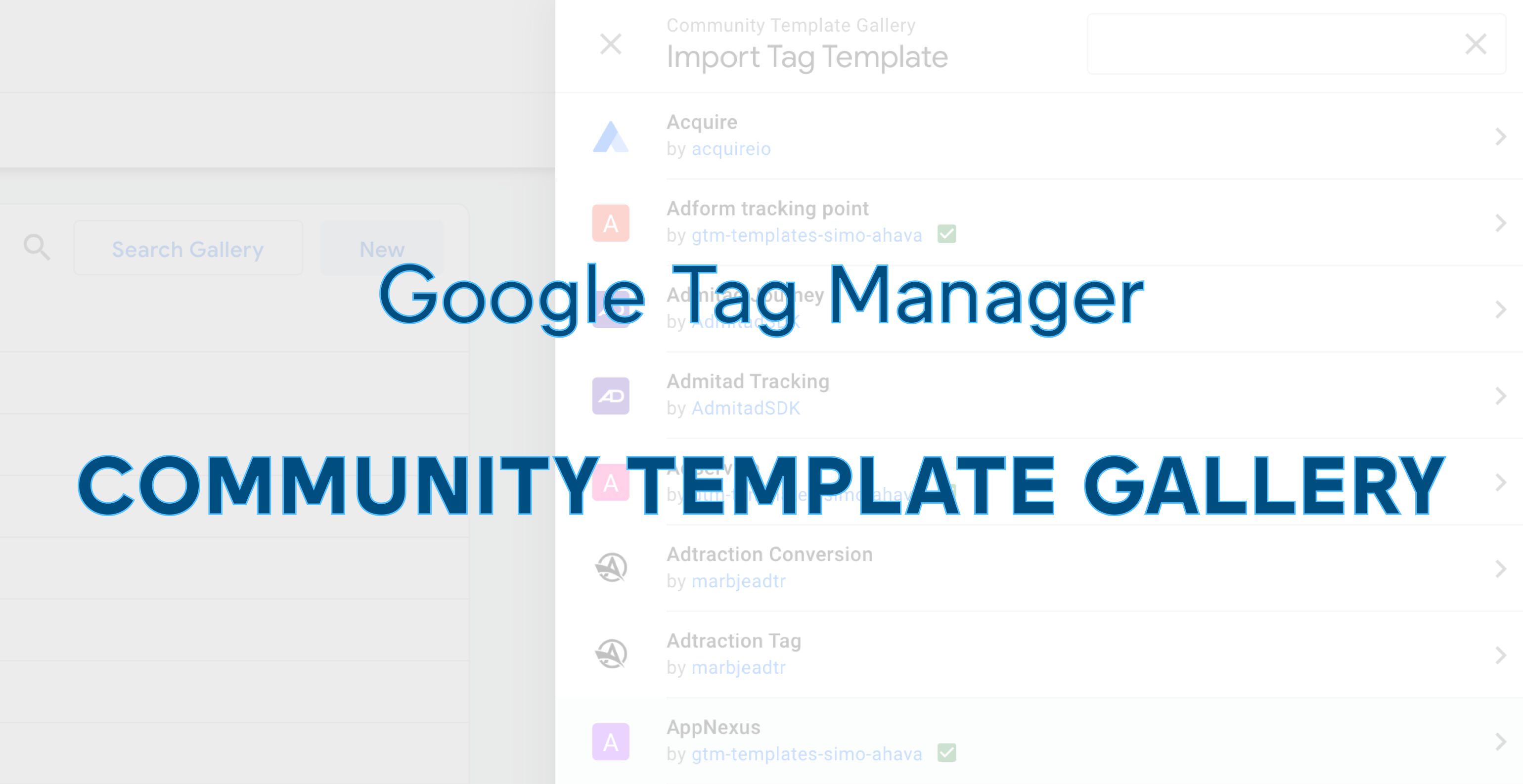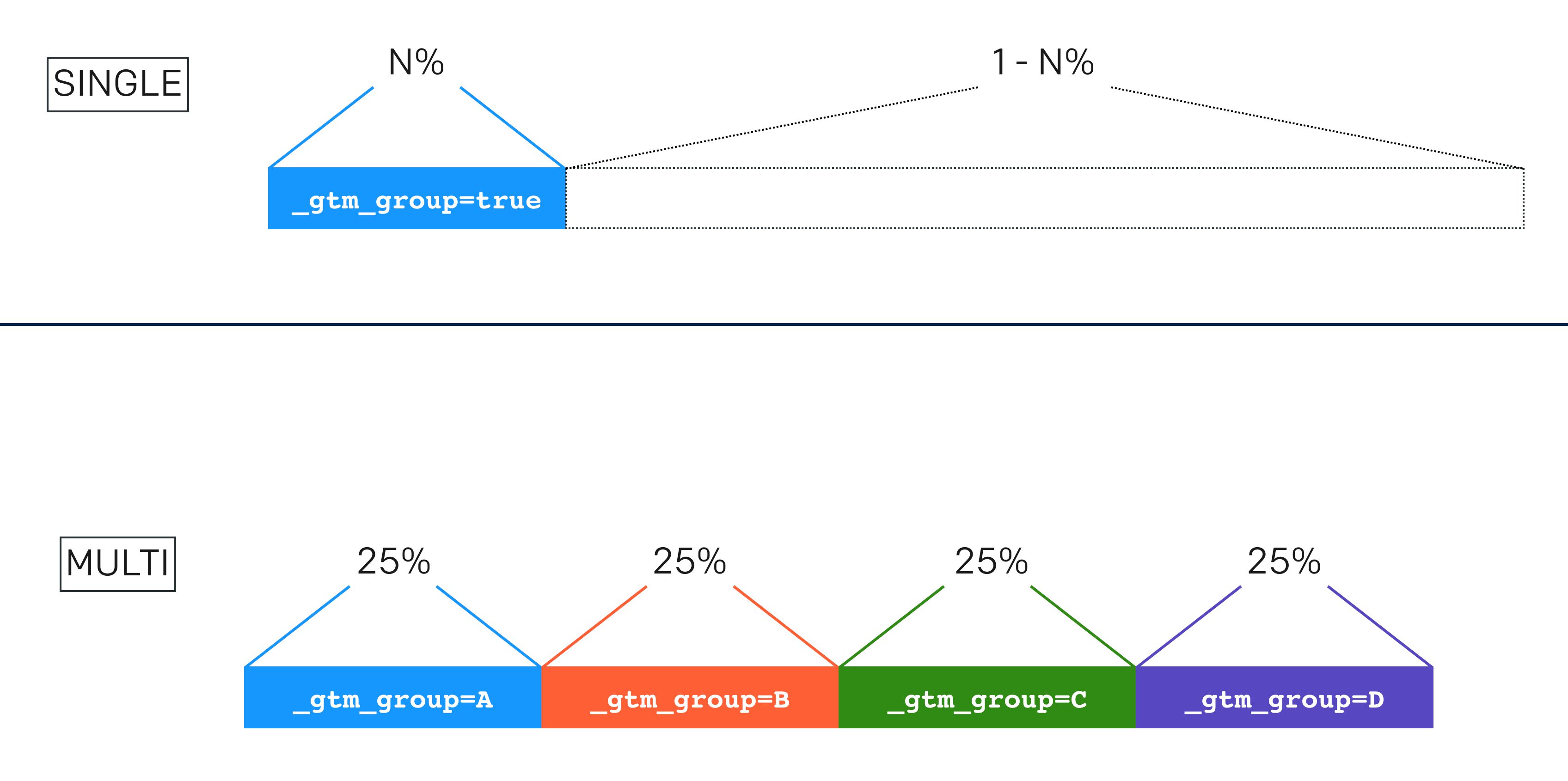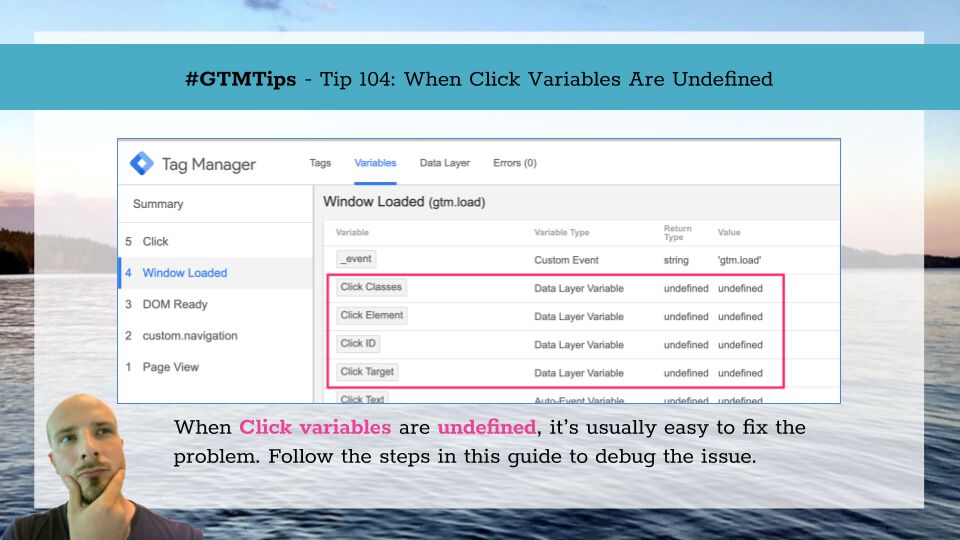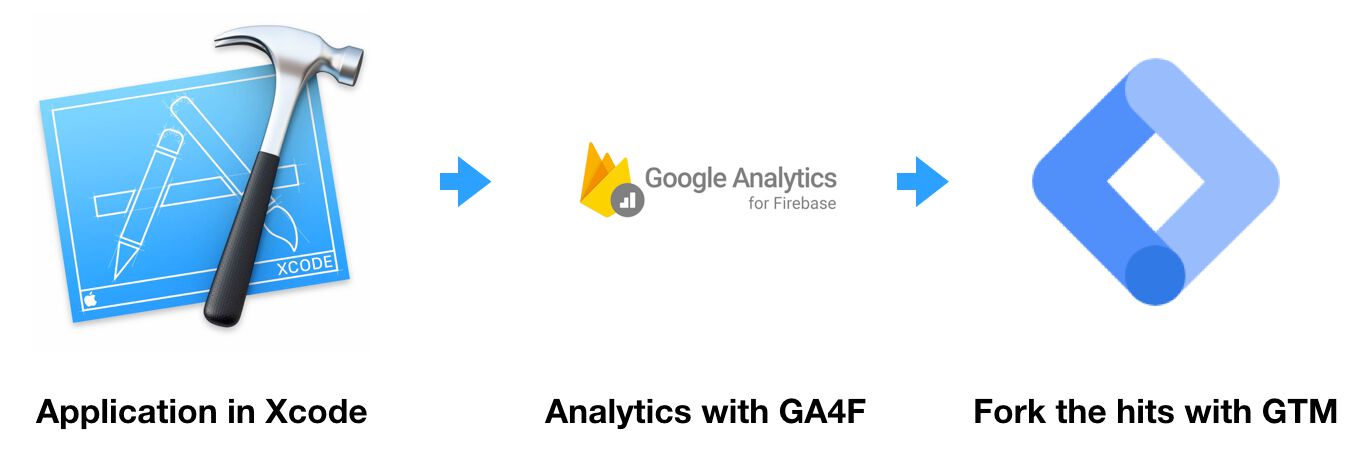I’ve thoroughly enjoyed writing short (and sometimes a bit longer) bite-sized tips for my #GTMTips topic. With the advent of Google Analytics: App + Web and particularly the opportunity to access raw data through BigQuery, I thought it was a good time to get started on a new tip topic: #BigQueryTips.
For Universal Analytics, getting access to the BigQuery export with Google Analytics 360 has been one of the major selling points for the expensive platform.
